Exploring the Man of Steel’s Origins, Legacy, and Cultural Impact
Who is Superman? In this page we’ll answer all your questions about Superman, from Krypton to Smallville to Metropolis. We’ll outline his powers and abilities, explore his Clark Kent identity, supporting characters, enemies and allies, and other important details about the Man of Steel.

Introduction | Krypton | Smallville | Clark Kent | Daily Planet
Lois Lane | Lex Luthor | Villains | Allies | Fortress | Legacy
Introduction
Superman’s Origin and Background
Superman, created by writer Jerry Siegel and artist Joe Shuster, made his first appearance in “Action Comics #1” in 1938, marking the birth of the superhero genre. The character’s origin is rooted in the fictional planet Krypton, a scientifically advanced world on the brink of destruction due to its unstable core. To save their infant son, Jor-El and Lara placed him in a spacecraft bound for Earth, where he would develop superhuman abilities due to Earth’s lower gravity and yellow sun.
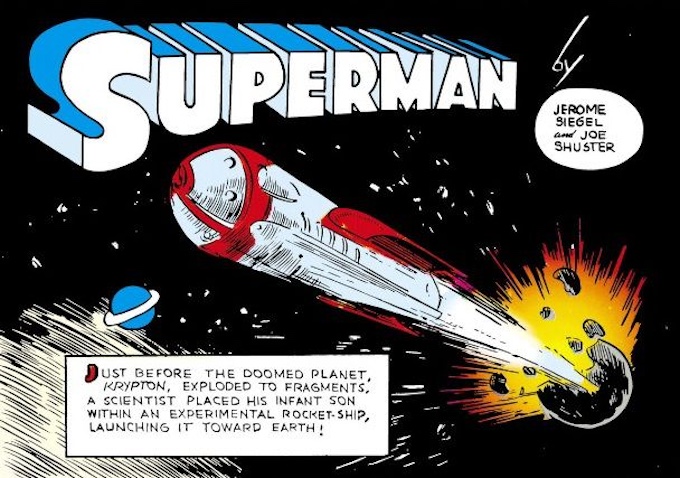
Crash-landing in Smallville, Kansas, the baby was discovered and adopted by Jonathan and Martha Kent, who named him Clark. As he grew up, Clark discovered his extraordinary powers – super strength, speed, flight, and more. The Kents instilled in him a strong moral compass, shaping his sense of justice and responsibility.
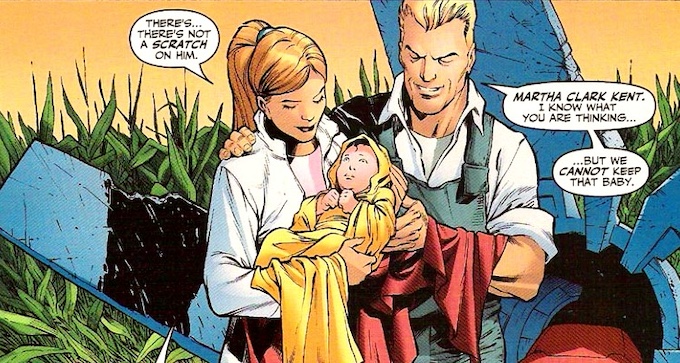
In his adult life, Clark Kent became a newspaper journalist at the Daily Planet in Metropolis, concealing his superhuman abilities behind a mild-mannered facade. This dual identity, Clark Kent and Superman, became a hallmark of the character’s narrative. His commitment to truth and justice led him to fight crime and defend the innocent, embodying the American ideals of heroism.
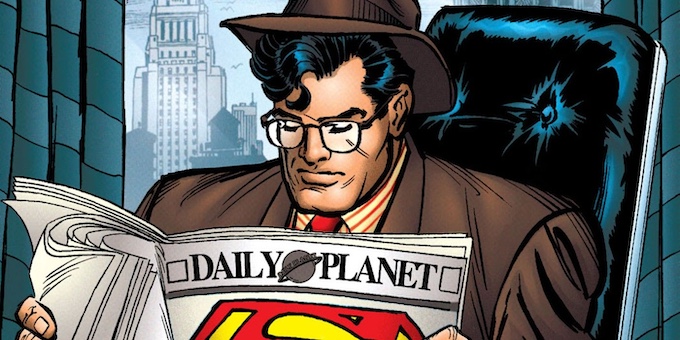
Superman’s rogues’ gallery includes iconic villains such as Lex Luthor, an ambitious and brilliant businessman with a deep-seated hatred for the Man of Steel, and General Zod, a Kryptonian military leader with powers similar to Superman’s. These adversaries, along with many others, test Superman’s abilities and principles, adding depth to his character.
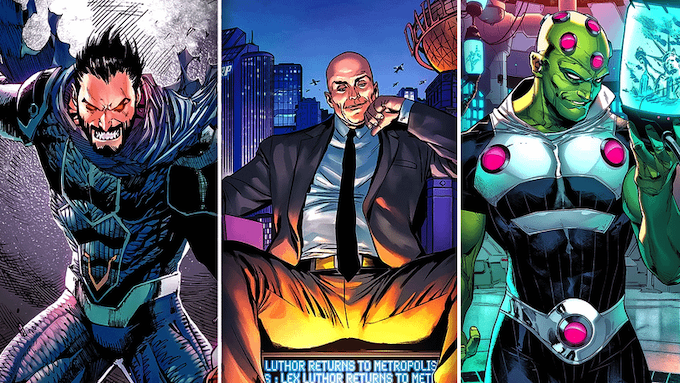
Over the decades, Superman’s origin has been revisited and reimagined, but the core elements of his alien heritage, earthly upbringing, and commitment to justice remain constant. His enduring appeal lies not just in his superhuman abilities, but in his embodiment of hope, resilience, and the enduring belief in the power of good to triumph over evil. Superman’s origin story continues to captivate audiences, making him an enduring symbol in the world of comics and popular culture.
Krypton and its Destruction
At the heart of Superman’s origin lies the tragic tale of Krypton, a fictional planet whose narrative significance extends far beyond a distant birthplace. Created by Jerry Siegel and Joe Shuster, Krypton serves as the celestial cradle of Kal-El, the future Superman.
Krypton is often depicted as an advanced and scientifically sophisticated world, far surpassing Earth in technological achievements. The society on Krypton, however, is not without flaws. The most prominent among them is a scientific hubris that blinds its inhabitants to the imminent cataclysm they face.
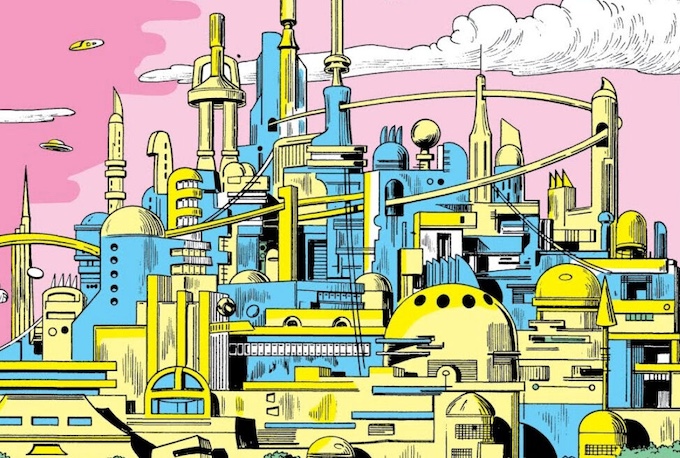
The destruction of Krypton is an essential plot point, driving the narrative of Superman. The exact cause varies across different iterations, ranging from natural disasters to the consequences of a society exploiting its resources. Regardless, the inevitability of Krypton’s demise sets the stage for the hero’s journey.
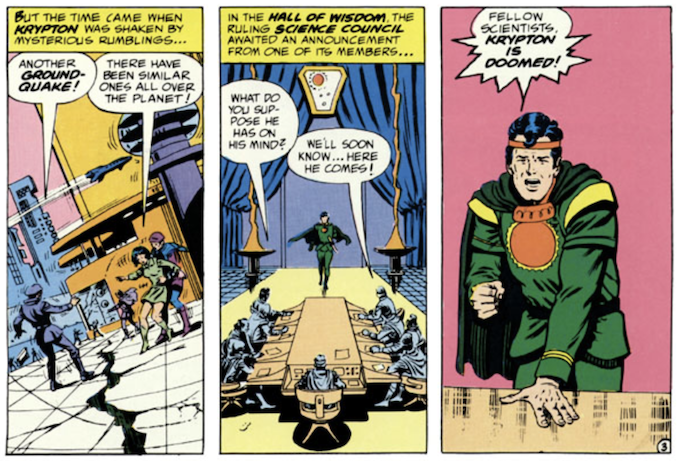
Jor-El, Superman’s biological father, emerges as a key figure in this narrative. Faced with the impending doom of his home planet, Jor-El makes the heart-wrenching decision to send his infant son, Kal-El, to Earth. This act of sacrifice becomes the cornerstone of Superman’s character, symbolizing the enduring themes of hope, resilience, and the potential for good to arise from tragedy.
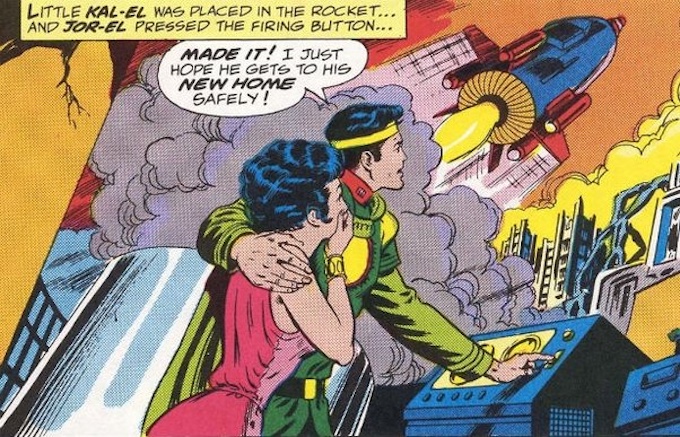
The destruction of Krypton not only provides the impetus for Superman’s journey but also serves as a cautionary tale. It reflects on the consequences of environmental neglect, societal hubris, and the importance of foresight. Krypton’s fall becomes a metaphor for the fragility of civilizations and the responsibilities associated with scientific progress.
The visuals depicting Krypton’s destruction often capture the magnitude of the event. Shattered landscapes, cascading explosions, and the desperation of a people facing their end contribute to a poignant tableau. This catastrophe not only underscores Superman’s uniqueness as the Last Son of Krypton but also amplifies the loneliness and sense of alienation that he grapples with on Earth.
Moreover, the destruction of Krypton introduces an element of destiny to Superman’s narrative. His journey becomes not only a response to his newfound abilities on Earth but also a fulfillment of the hopes and aspirations that Jor-El had for his son.
Superman’s Arrival on Earth and Being Raised as Clark Kent
Superman’s journey begins not with his first flight or heroic feat, but with a humble and cosmic arrival on the planet Earth. The narrative of his infancy is intertwined with the nurturing care of Jonathan and Martha Kent, who, unaware of the extraordinary potential within the child they found, would come to be known as Clark Kent.
The story of Superman’s arrival is rooted in a sci-fi fable. Sent by his father Jor-El in a spacecraft, the infant Kal-El crash-landed in the rural town of Smallville, Kansas. It’s here, amidst the golden fields and rolling landscapes, that the Kents discovered the baby. This moment, unassuming at first glance, sets the stage for one of the most iconic origin stories in comic book history.
Jonathan and Martha Kent, portrayed as salt-of-the-earth Midwestern farmers, become the nurturing figures essential to shaping Superman’s character. Their decision to adopt the alien child, without knowledge of his extraterrestrial origins, is a testament to their compassion and underscores the powerful theme of found family. The Kents, through their unconditional love and moral guidance, lay the foundation for the values that would define Superman as a symbol of truth and justice.

Raised as Clark Kent, the boy with abilities beyond imagination, Superman’s childhood in Smallville becomes a crucial aspect of his identity. The need to conceal his superhuman powers from a world that might not understand him sets the stage for the dual life he would later lead. It’s in this idyllic American setting that Clark learns the values of responsibility, humility, and compassion.
The journey of self-discovery for Clark Kent is marked by the gradual realization of his abilities. Small acts of heroism in the town become the early manifestations of the superhero he is destined to become. The symbolism of the red-and-blue-clad figure, the ‘S’ emblazoned on his chest, is born not in the grandeur of Metropolis but in the simplicity of Smallville.
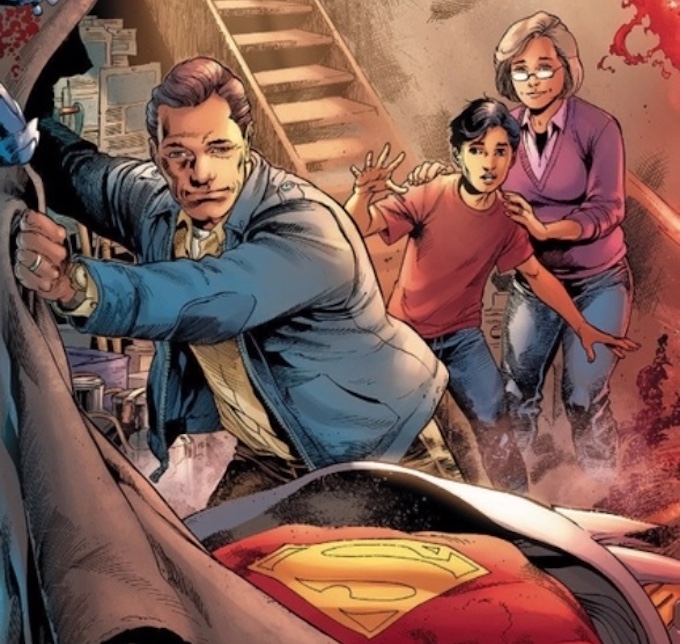
The Kent farm itself becomes a metaphorical Fortress of Solitude, a place where Clark grapples with the enormity of his powers and the responsibility that comes with them. The moral compass instilled by the Kents becomes the guiding force for Superman, separating him from mere super-powered beings and elevating him to the status of a paragon of virtue.
The dual identity of Clark Kent and Superman is more than a narrative device; it’s a reflection of the duality inherent in human nature. Clark, with his bumbling demeanor and unassuming presence, becomes a disguise to navigate the world. This dichotomy, a constant balancing act, adds layers of complexity to the character, making him relatable despite his extraterrestrial origins.
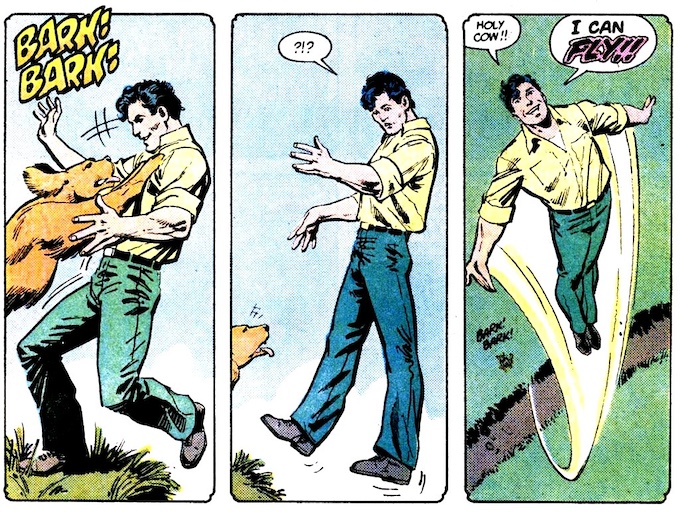
In essence, Superman’s arrival on Earth and upbringing as Clark Kent is not just a sequence of events—it’s the bedrock of his character. It’s a story of an alien finding a home, of humble beginnings giving rise to greatness, and of the power of upbringing to shape the destiny of a hero. The Kansas fields of Smallville, where a spaceship once crashed, became the crucible for the forging of a symbol that would inspire generations: Superman.
Dual Identity: Clark Kent
Who is Clark Kent?
Clark Kent, the unassuming alter ego of Superman, is a masterfully crafted dual identity that serves as a captivating narrative device and a profound exploration of the human experience. In appearance, Clark is the epitome of ordinariness—a bespectacled, mild-mannered reporter with a slouched posture and unassuming demeanor. This deliberate transformation from the god-like Superman to the unremarkable Clark Kent is not just a physical disguise but a psychological one, illustrating the duality inherent in the superhero mythos.
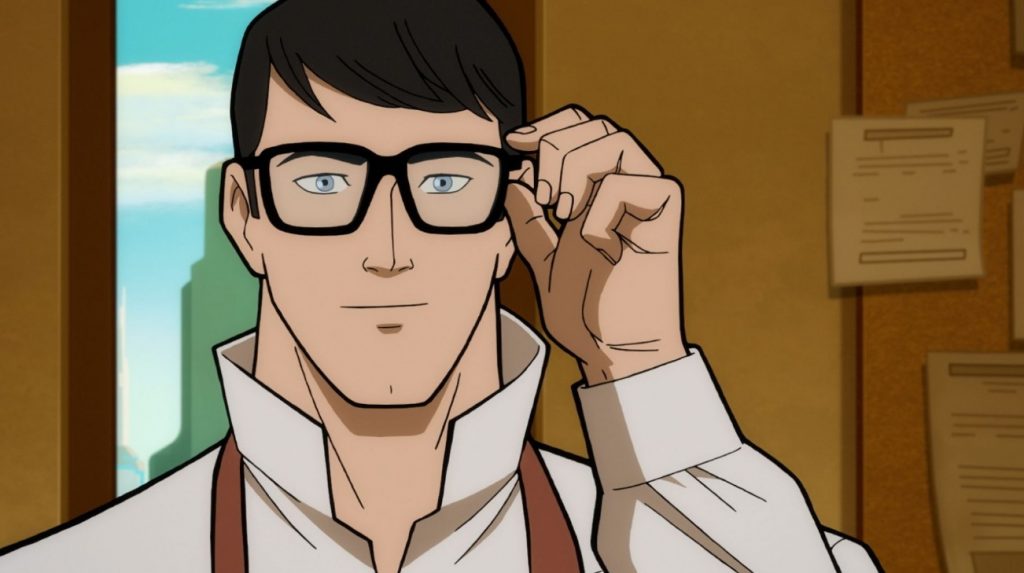
Clark’s alter ego is a deliberate choice, a mask worn to navigate the complexities of human existence. The glasses, a symbol of disguise, become a powerful motif, representing the concealment of Superman’s true identity. This dual life, a dance between the extraordinary and the ordinary, adds layers of intrigue to Superman’s character. It’s a reflection of the inherent tension between the god-like abilities and the desire for a normal life—a tension that defines the very essence of Clark Kent.
His Role as a Journalist at the Daily Planet
Central to Clark Kent’s life as a civilian is his role as a journalist at the Daily Planet, Metropolis’s most prominent newspaper. This professional guise allows him to be at the heart of the action while maintaining a facade of normalcy. As a reporter, Clark is not just a passive observer of the world’s events; he’s an active seeker of truth and justice, a thematic echo of his superhero persona.

Working at the Daily Planet places Clark in the midst of the city’s pulse, providing a platform for storytelling that extends beyond superheroics. It’s here that he embodies the principles of journalism—integrity, tenacity, and a commitment to exposing corruption. This parallel pursuit of justice in both his civilian and superhero identities showcases the seamless integration of Clark Kent into the fabric of Metropolis.
Relationships with Other Daily Planet Staff
Clark’s interactions with his colleagues at the Daily Planet add depth to his character, showcasing the delicate balance between his dual lives.
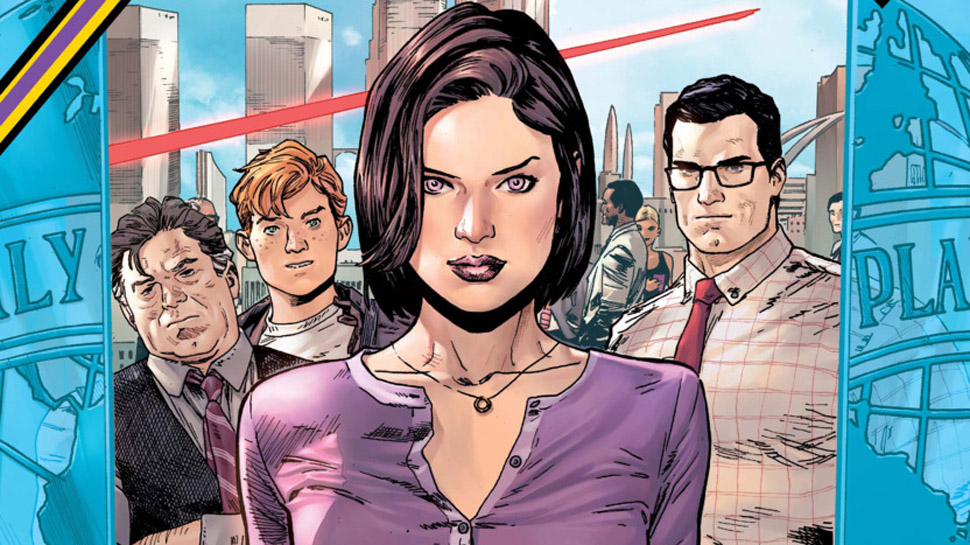
Lois Lane: The dynamic between Clark and Lois Lane is a cornerstone of Superman lore. In early stories, Lois, an intrepid and fearless reporter, remains unaware of Clark’s superheroic alter ego. The romantic tension between them is a testament to the challenges of maintaining a dual identity. Lois is drawn to Superman’s heroism, while Clark, in his civilian guise, must navigate these emotions with care. In more contemporary iterations of Superman’s narrative, the dynamic between Clark Kent and Lois Lane has evolved to reflect a deeper connection. In the modern versions, Clark and Lois are not just colleagues or romantically involved—they are married. This maturation of their relationship adds a new layer of complexity to the storyline. Lois is not just Superman’s love interest; she is his partner in every sense of the word. The romantic tension has transformed into a mature and enduring partnership, where Lois is not just the damsel in distress but an integral part of Superman’s support system. Furthermore, in some storylines, Clark and Lois are portrayed as parents, raising their son Jonathan in the midst of the extraordinary challenges that come with being the world’s most powerful superhero.
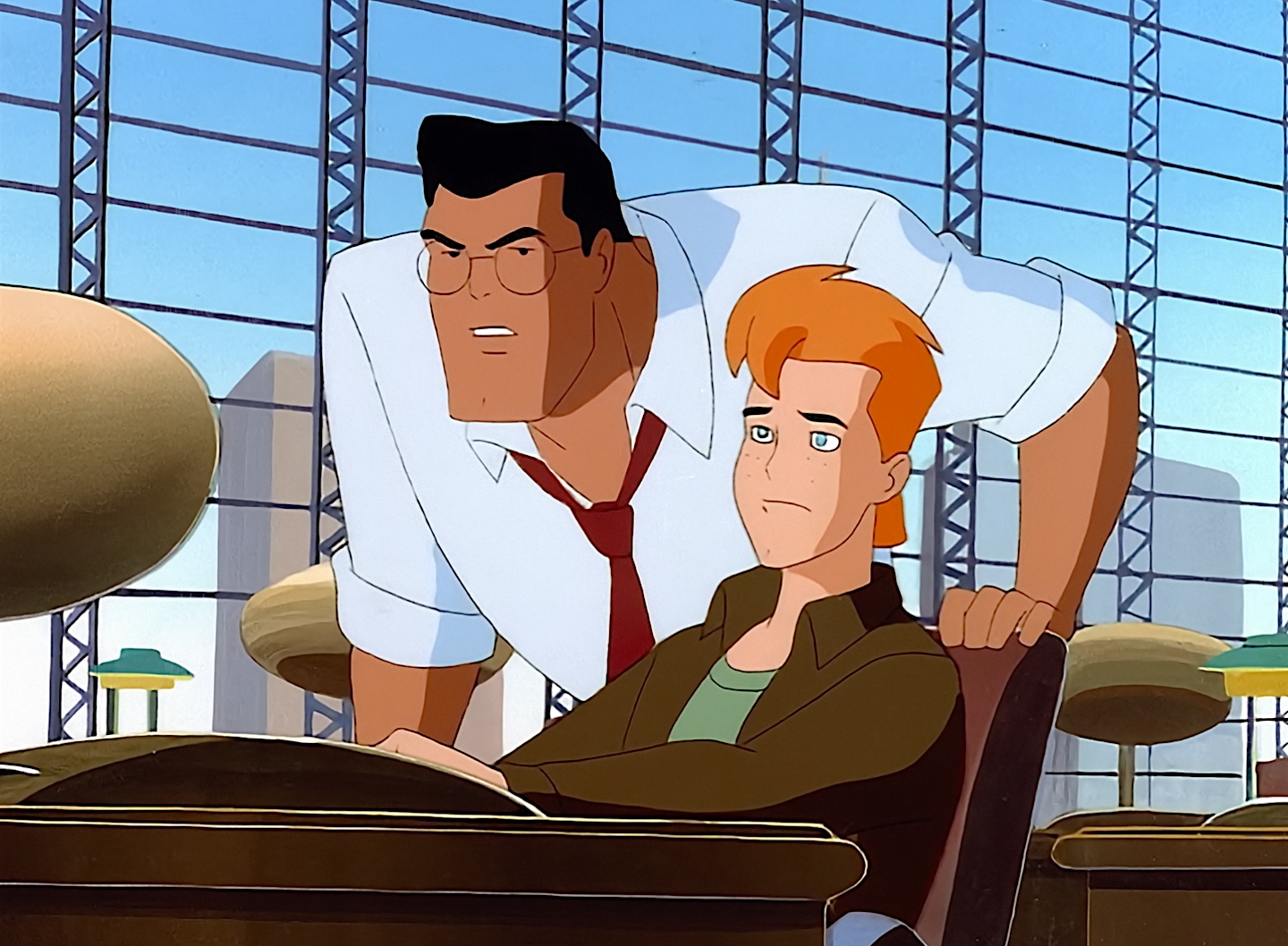
Jimmy Olsen: The youthful and enthusiastic Jimmy Olsen, the Daily Planet’s photographer, is often portrayed as Clark’s close friend. Their camaraderie adds a layer of humanity to Clark’s life, showcasing his ability to form genuine connections even as he juggles the responsibilities of being Superman.
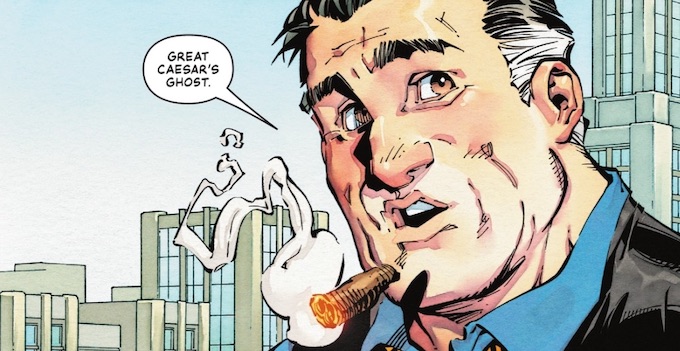
Perry White: As the gruff but ultimately benevolent editor-in-chief of the Daily Planet, Perry White serves as a mentor figure to Clark. His journalistic instincts and commitment to the truth align with Clark’s own values, creating a professional bond that goes beyond the workplace.
The dual identity of Clark Kent is a narrative masterstroke that transcends the superhero genre. It’s a reflection of the complexities of identity, the yearning for normalcy, and the eternal struggle between the extraordinary and the mundane. Clark Kent is not just a disguise; he’s a profound exploration of the human condition, making the character of Superman a timeless and relatable icon.
Superman’s Arch-nemesis: Lex Luthor
Background and Motivations of Lex Luthor
Lex Luthor, Superman’s arch-nemesis, is a complex character whose motivations and background contribute to the enduring nature of their conflict. Originally created as a mad scientist in the early Superman comics, Luthor’s character has evolved into a multi-dimensional villain with motives that often mirror societal fears and challenges.
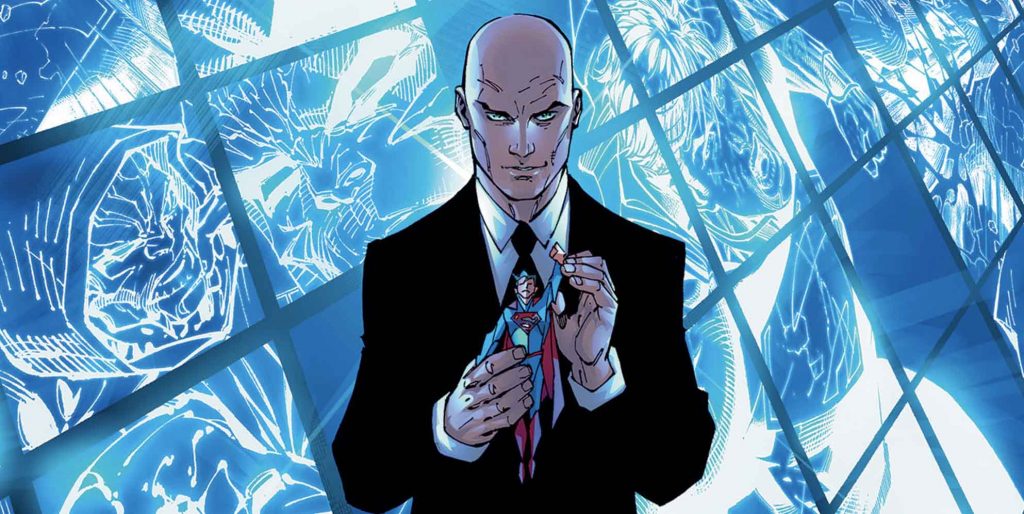
Luthor’s background often portrays him as a genius, billionaire industrialist, and scientific prodigy. His intelligence is matched only by his ambition, and this combination sets the stage for his adversarial relationship with Superman. Motivated by a deep-seated jealousy and disdain for the Kryptonian superhero, Luthor’s ego drives him to prove that he is the superior force, relying on his intellect and cunning rather than superhuman abilities.
In some versions of the story, Luthor’s animosity towards Superman is fueled by his belief that the presence of a super-powered being undermines human achievement and potential. This philosophical clash, where Luthor sees Superman as an obstacle to human greatness, adds a layer of ideological complexity to their conflict.
Their Conflict and History Throughout the Comics
The conflict between Superman and Lex Luthor is one of the most iconic and enduring rivalries in comic book history. Their history is characterized by a game of wits, with Luthor constantly devising elaborate schemes and technological marvels to prove that he can outsmart and overpower Superman. Whether it’s through advanced weaponry, manipulation of public opinion, or alliances with other villains, Luthor’s resourcefulness makes him a formidable foe.
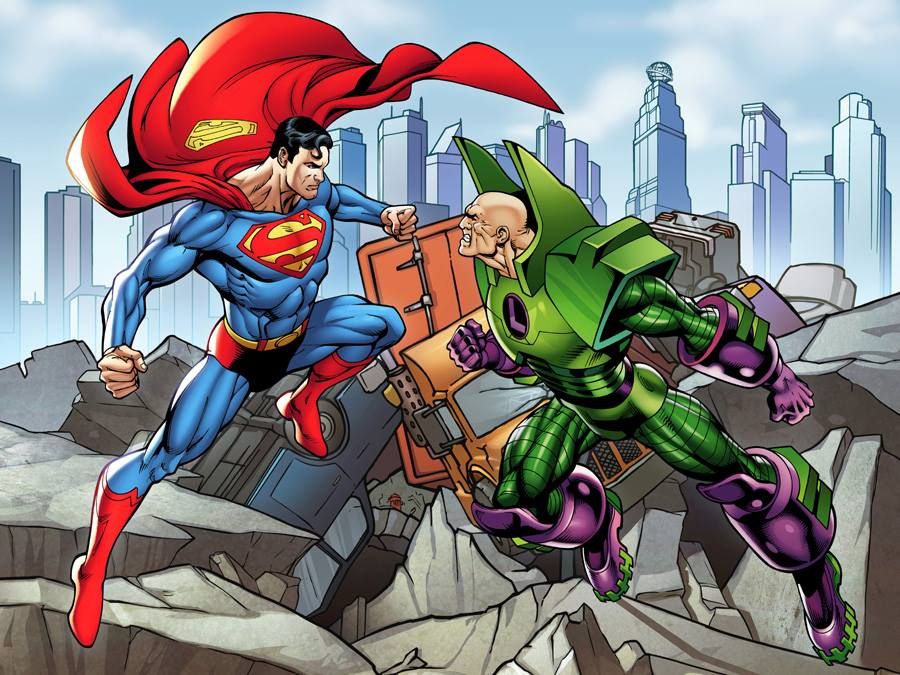
The narrative tension between Superman’s god-like powers and Luthor’s human intellect creates a compelling dynamic. Luthor’s schemes are not merely about physical dominance; they often involve challenging Superman on moral and ethical grounds, exploiting vulnerabilities not in his superhuman abilities, but in his commitment to humanity.
Throughout the comics, Luthor’s hatred for Superman evolves, becoming a defining aspect of his character. The juxtaposition of Superman’s altruism against Luthor’s selfishness and megalomania serves as a microcosm of the eternal struggle between good and evil. Their confrontations are not just physical battles but ideological clashes, exploring themes of power, responsibility, and the consequences of absolute power.
LexCorp and Luthor’s Other Endeavors
Lex Luthor’s influence extends beyond his personal vendetta against Superman. As the owner of LexCorp, a vast and powerful conglomerate, Luthor uses his wealth and resources to further his ambitions. LexCorp becomes a hub for cutting-edge technology, often used in his schemes against Superman or to assert control over Metropolis.
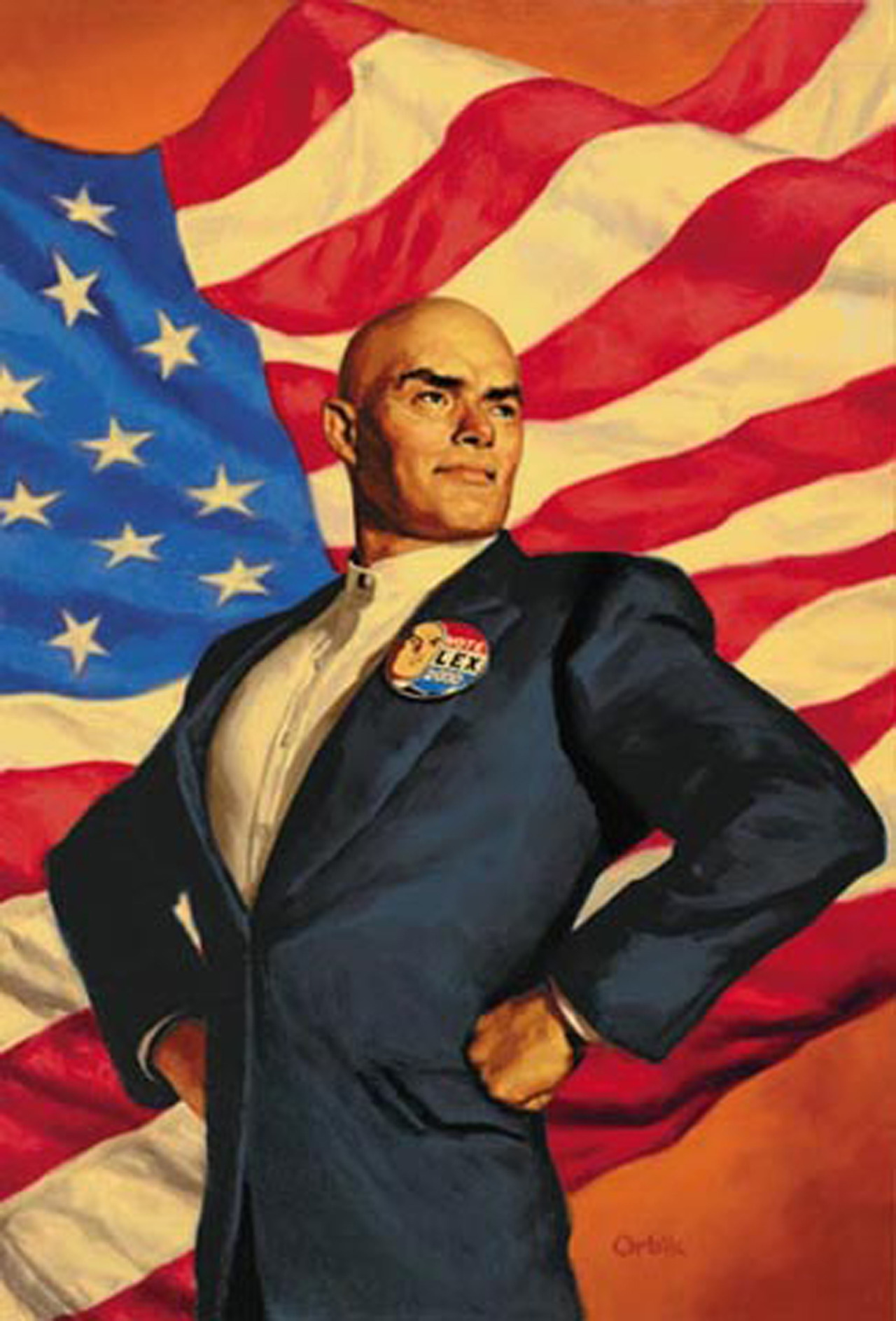
Luthor’s other endeavors, such as his political ambitions, highlight his multifaceted character. In some storylines, he ascends to positions of political power, exploiting his influence to manipulate events on a grand scale. This adds a socio-political dimension to his character, making him not just a villain in direct opposition to Superman but a symbol of corruption and the misuse of power in the broader context of society.
Lex Luthor’s character is a testament to the narrative richness of superhero storytelling. His background, motivations, and conflicts with Superman explore themes of power, ego, and the human condition. The enduring nature of their rivalry, spanning decades of comics, showcases the depth and complexity that can be achieved in the portrayal of a superhero’s arch-nemesis. Lex Luthor is not merely an adversary for Superman; he is a reflection of the darker aspects of humanity that the Man of Steel is sworn to protect.
Superman’s Other Villains and Rogues Gallery
Other Notable Adversaries
Superman’s rogues’ gallery is a diverse and formidable assembly of adversaries, each bringing a unique challenge to the Man of Steel. Among these iconic foes are General Zod, Brainiac, Doomsday, Parasite, Mr. Mxyzptlk, Bizarro, and Metallo. Their presence in Superman’s narrative weaves a tapestry of conflict that extends beyond physical might, delving into psychological and existential challenges.
Brief Descriptions of Their Powers and Characteristics
General Zod:
- Powers: Super strength, speed, and agility, as well as expert combat skills. Zod, hailing from Krypton like Superman, possesses abilities similar to the Man of Steel.
- Characteristics: A military leader with a rigid sense of duty, Zod often opposes Superman due to ideological differences.
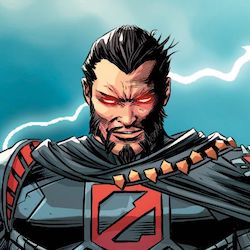
Brainiac:
- Powers: Advanced intelligence, cybernetic enhancements, and the ability to assimilate knowledge. Brainiac is often depicted as a highly intelligent android or extraterrestrial entity.
- Characteristics: Obsessed with knowledge and the preservation of civilizations, Brainiac poses a cerebral threat to Superman, using his intellect to outmaneuver the hero.
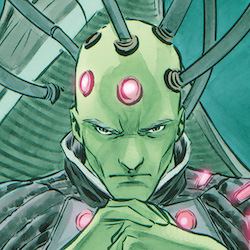
Doomsday:
- Powers: Super strength, near-invulnerability, and the ability to adapt and resurrect after being killed. Doomsday is a force of destruction and chaos.
- Characteristics: Created through a process of constant death and rebirth, Doomsday is an embodiment of relentless evolution, presenting a physical challenge that pushes Superman to his limits.
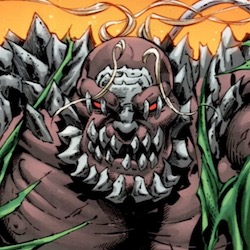
Parasite:
- Powers: Ability to absorb and steal the life force, energy, and powers of others upon physical contact.
- Characteristics: Often portrayed as a tragic figure transformed by scientific experiments gone awry, Parasite preys on Superman’s power.
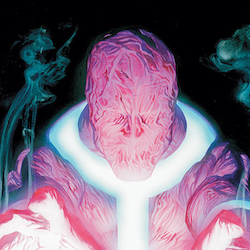
Mr. Mxyzptlk:
- Powers: Reality manipulation, magical abilities, and the ability to exist outside the normal constraints of time and space.
- Characteristics: A mischievous imp from the Fifth Dimension, Mr. Mxyzptlk challenges Superman through whimsical yet potent displays of reality-bending.
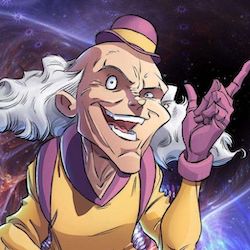
Bizarro:
- Powers: Imperfect duplicate of Superman, possessing reversed or distorted versions of his powers.
- Characteristics: Bizarro is often portrayed as a tragic and misunderstood figure, embodying a twisted reflection of Superman’s virtues.
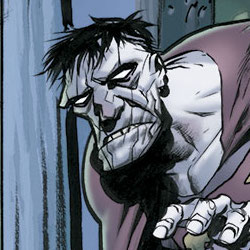
Metallo:
- Powers: Cybernetic enhancements powered by a kryptonite energy source, making him a significant threat to Superman.
- Characteristics: Once a human, Metallo’s transformation into a machine is driven by a personal vendetta against Superman, blending technological prowess with a deep-seated hatred.
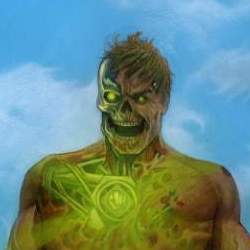
Superman’s rogues’ gallery represents a diverse array of challenges, from extraterrestrial threats to twisted reflections of the hero himself. Their powers and characteristics contribute to the richness and enduring appeal of Superman’s narrative, showcasing the versatility of the superhero genre.
Justice League
Superman’s Involvement in the Justice League
Superman’s involvement in the Justice League stands as a testament to the unifying force of heroes, transcending individual capabilities to form a formidable team dedicated to preserving peace and justice on a global scale. As one of the founding members of the Justice League, Superman brings to the team not only his unparalleled physical prowess but also a moral compass that guides the group in times of crisis.
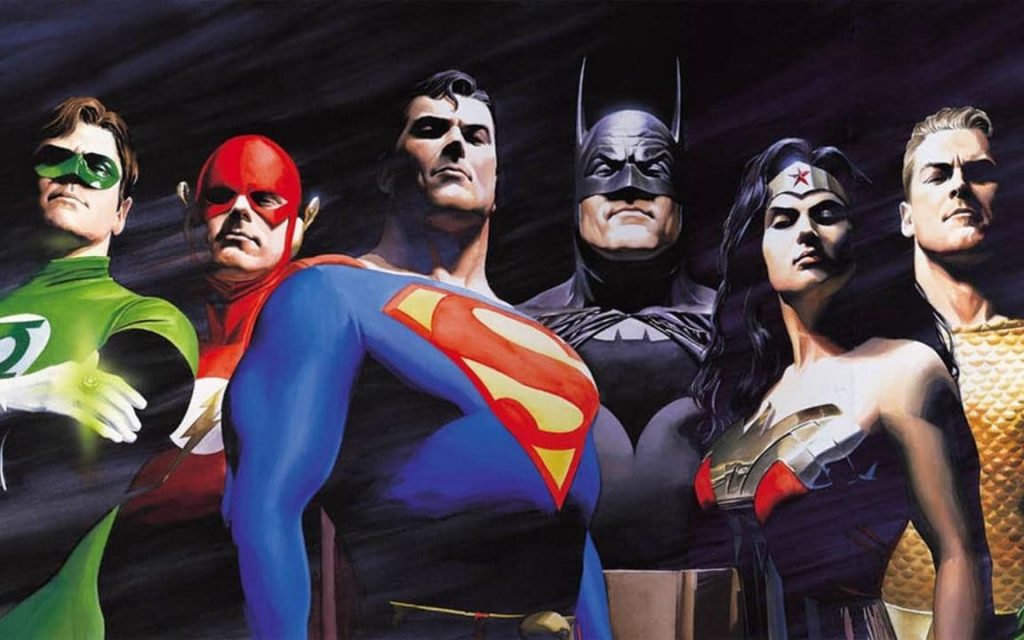
In the comics and various adaptations, Superman often assumes a leadership role within the Justice League. His innate sense of responsibility and unwavering commitment to truth and justice make him a natural leader, earning the respect and trust of his fellow superheroes. Superman’s strategic thinking, coupled with his ability to inspire, cements his position as a cornerstone of the Justice League, embodying the principles that unite these diverse and powerful individuals.
Notable Team-Ups with Other Superheroes
Batman:
- The iconic pairing of Superman and Batman is the cornerstone of the DC Universe. Their differing approaches — Superman’s optimism and Batman’s pragmatism — create a dynamic that is both complementary and contrasting. Team-ups like “World’s Finest” showcase the synergy between the Last Son of Krypton and the Dark Knight, underscoring the idea that their combined efforts are greater than the sum of their individual strengths.
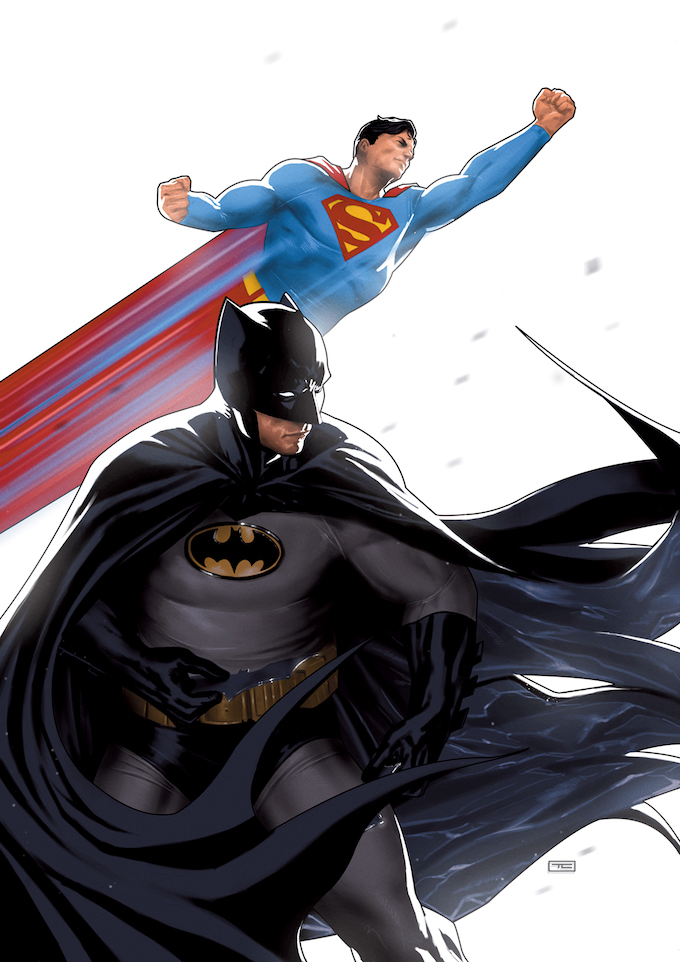
Wonder Woman:
- Superman and Wonder Woman, both representing powerhouses within the Justice League, frequently team up to confront threats that demand their combined might. Their team-ups explore themes of strength, leadership, and the responsibility that comes with power. In narratives like “Trinity” and “Superman/Wonder Woman,” their connection transcends physical abilities, delving into shared values and the weight of being symbols of hope.

Green Lantern (Hal Jordan):
- Superman’s collaboration with Green Lantern, especially Hal Jordan, amplifies the League’s cosmic capabilities. Their team-ups often involve intergalactic threats and showcase the fusion of Superman’s Earthly heroics with the Lantern’s cosmic responsibilities. Together, they exemplify the League’s adaptability to a diverse array of challenges.
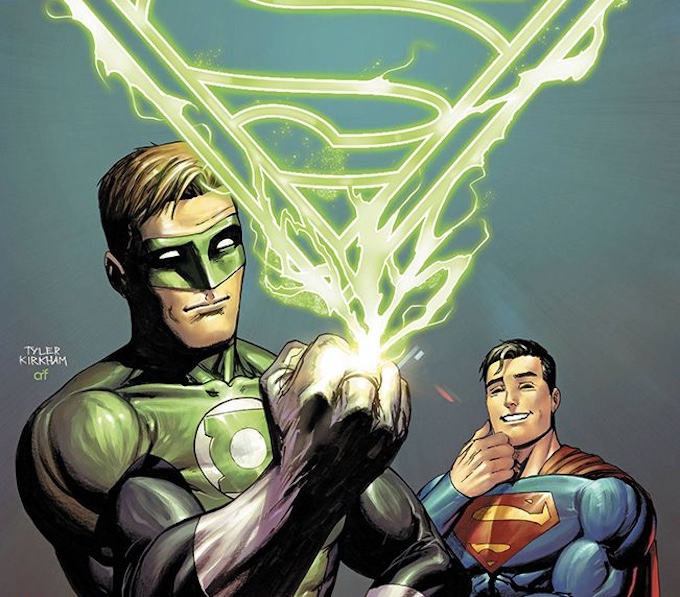
The Flash (Barry Allen):
- The synergy between Superman and The Flash is a celebration of speed and power. Their races, like the iconic “Superman vs. The Flash” storyline, symbolize the camaraderie and friendly competition among heroes. Their team-ups highlight the importance of agility and quick thinking in overcoming challenges.
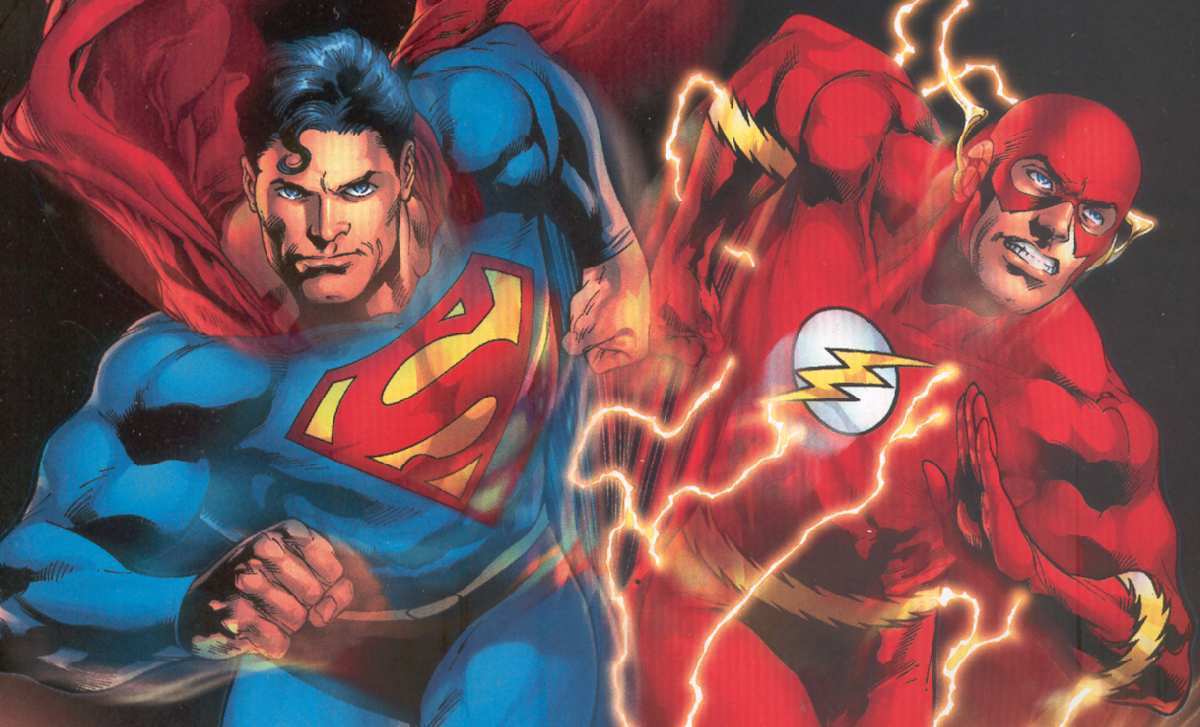
Superman’s team-ups extend beyond these core members to include collaborations with heroes like Aquaman, Martian Manhunter, and many others. The Justice League, with Superman as a linchpin, embodies the idea that unity, diversity, and shared values can overcome even the most formidable adversaries. Whether facing cosmic threats, interdimensional crises, or the complexities of human nature, Superman’s team-ups showcase the enduring power of heroism when united under a common banner. In every collaboration, Superman exemplifies the essence of a hero — not just through his powers but through his ability to inspire others to be their best selves. The Justice League, with Superman at its core, becomes a symbol of hope and resilience in the face of the universe’s greatest challenges.
The Fortress of Solitude: A Sanctuary of Solitude and Power
Description and Significance of the Fortress of Solitude
The Fortress of Solitude stands as a crystalline sanctuary, an architectural marvel nestled in the secluded icy reaches of the Arctic. More than just a fortress, it is a profound symbol of Superman’s dual identity, his heritage, and a refuge for contemplation and self-discovery. Created by Superman himself, the Fortress serves as a testament to his Kryptonian roots and the challenges he faces as the Last Son of Krypton.
The significance of the Fortress lies in its duality. It is a physical manifestation of Superman’s Kryptonian heritage and a retreat where he can connect with his past, present, and future. Its crystalline structure symbolizes both the fragility and resilience of Superman’s identity. The isolation of the Fortress mirrors Superman’s constant struggle with the dualities of his existence — an alien in human form, a god among men.
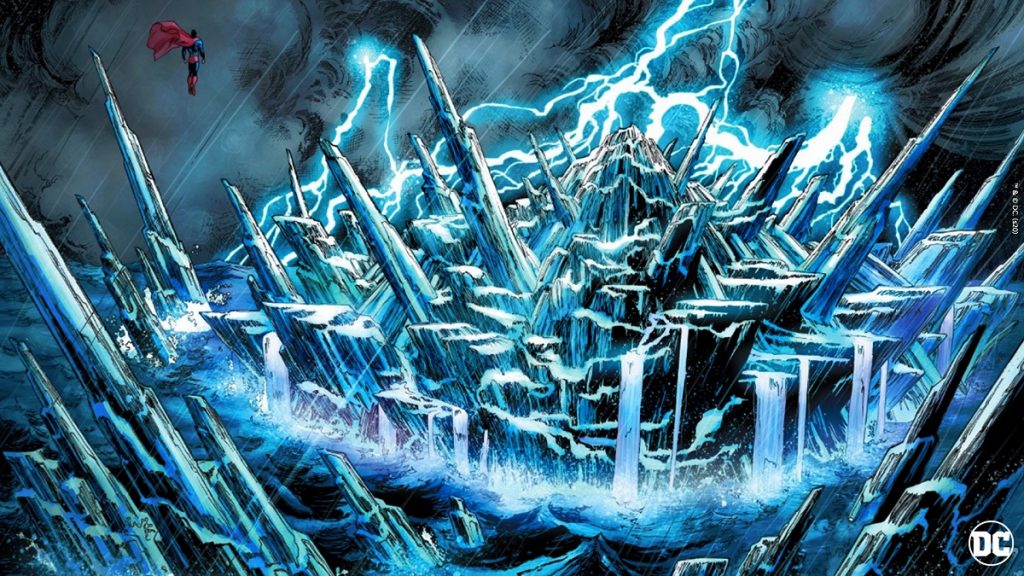
Location and Contents of the Fortress of Solitude
The Fortress of Solitude is strategically located in the Arctic, far removed from the bustling urban life of Metropolis. Its isolation reinforces the theme of solitude, allowing Superman moments of introspection and communion with his Kryptonian legacy. The Arctic setting also serves a practical purpose, as its extreme conditions make it nearly inaccessible to all but the most determined.
Within the crystalline walls, the Fortress houses a trove of Kryptonian technology and artifacts. The alien technology preserved within the Fortress is a connection to Superman’s past and a valuable resource for understanding his powers and origins. The famed “Memory Globe” allows Superman to relive moments from his past, creating a bridge between his Earthly and Kryptonian identities.
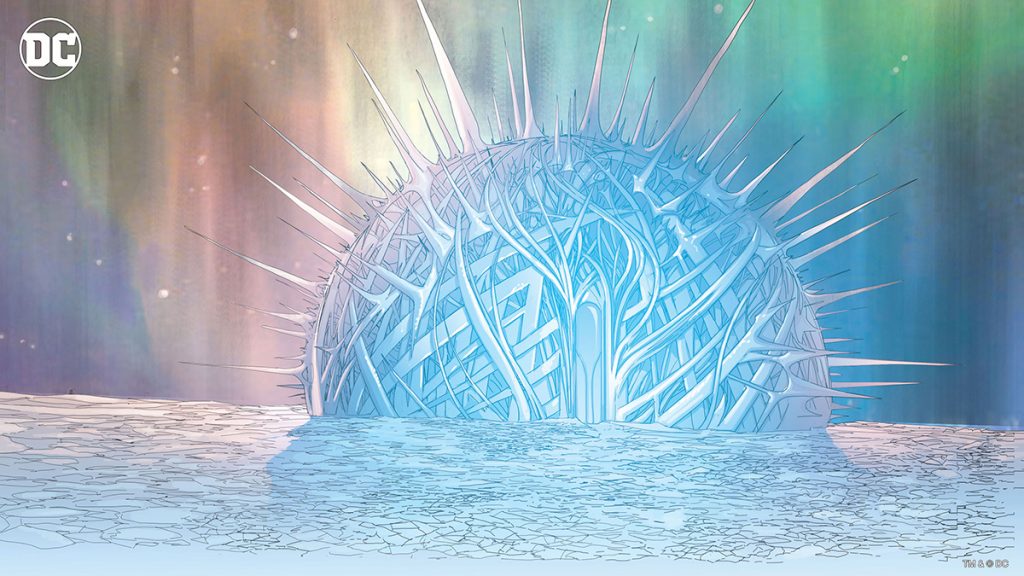
Role in Superman’s Personal Life and as a Base of Operations
The Fortress of Solitude plays a pivotal role in Superman’s personal life, serving as a haven where he can escape the complexities of the world. It becomes a retreat for introspection, a place where the Man of Steel can shed the burdens of heroism and simply be Kal-El. The solitude of the Fortress provides Superman with the mental clarity needed to navigate the complexities of his dual identity, offering moments of solace and self-discovery.
Functioning as a base of operations, the Fortress becomes a strategic asset for Superman. Its Kryptonian technology aids in research and analysis, helping Superman understand and enhance his powers. The crystalline structure, impenetrable to most, adds an extra layer of security. It serves as a location for meetings with the Justice League, offering a neutral ground where heroes can convene away from the pressures of their individual territories.
In various story arcs, the Fortress of Solitude has been the backdrop for significant events, including confrontations with formidable adversaries and the emergence of critical plot points. Its role extends beyond a physical structure; it is a narrative device that adds depth to Superman’s character, illustrating the challenges and responsibilities inherent in being a hero with extraterrestrial origins.
In conclusion, the Fortress of Solitude is more than a fortress; it is a symbolic cornerstone of Superman’s identity. Its isolation, location, and contents all contribute to the multifaceted significance of this crystalline sanctuary. It is a place of retreat, reflection, and strategic importance, encapsulating the essence of Superman’s journey — a perpetual search for identity, understanding, and a balance between the extraordinary and the human.
Superman’s Legacy and Impact: A Symbol Beyond Capes
Superman’s Cultural Impact and Significance
Superman transcends the pages of comic books to become a cultural touchstone, a symbol of hope, and an enduring representation of heroism. His cultural impact extends far beyond the confines of the superhero genre, making him a global icon. Superman’s significance lies not only in his superhuman abilities but in the ideals and principles he embodies.
In American culture, Superman is more than a character; he’s a symbol of virtue and righteousness. Created during the Great Depression, Superman emerged as a beacon of hope, reflecting the collective yearning for a hero who could overcome any challenge. Through the decades, Superman’s cultural significance has grown, and his emblem has become synonymous with the universal struggle for justice.
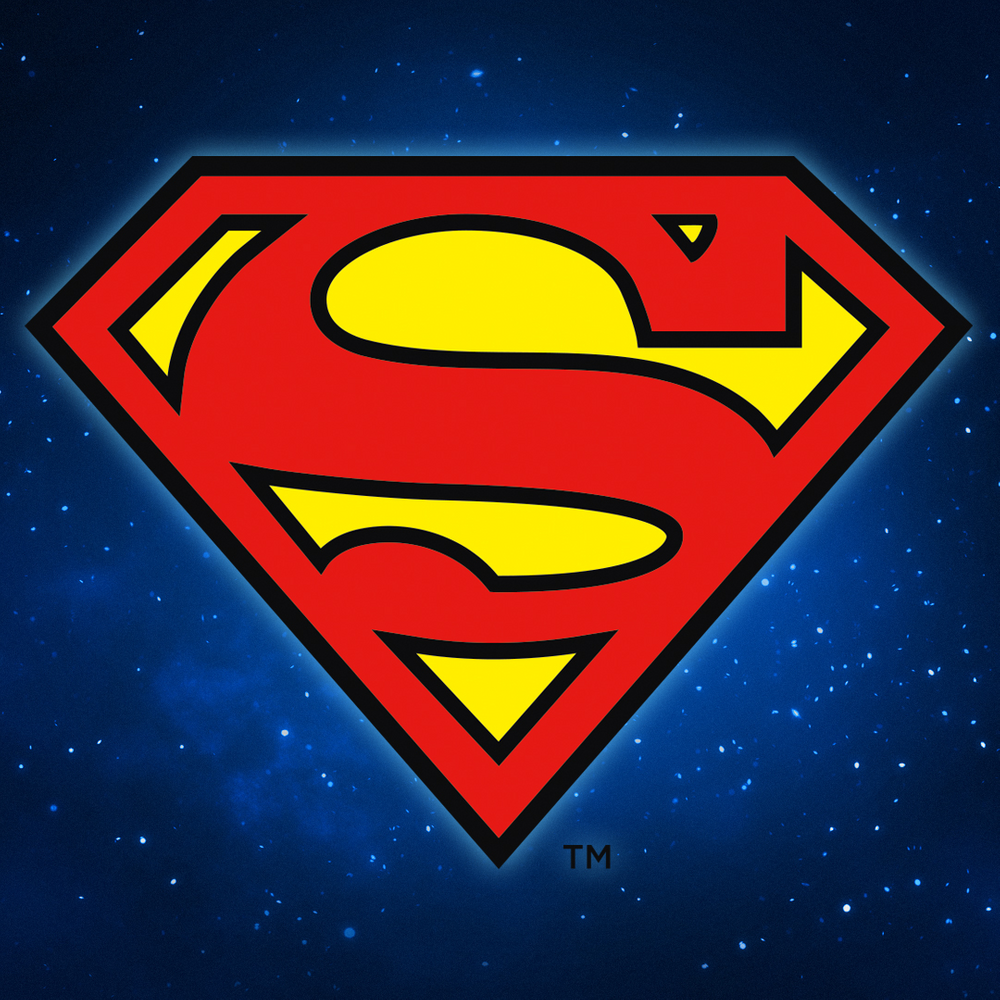
Superman’s impact is not limited to the United States. His symbol is recognized across the world, transcending linguistic and cultural barriers. The archetype of Superman serves as an aspirational figure, resonating with audiences globally. Whether in the form of comics, films, or merchandise, Superman’s cultural impact is a testament to the enduring power of storytelling to shape societal values.
Superman’s Influence on the Superhero Genre and Pop Culture
Superman’s influence on the superhero genre is foundational, shaping the very concept of what it means to be a superhero. As the first superhero in comic book history, Superman laid the groundwork for the genre’s conventions. His dual identity, moral compass, and commitment to justice became archetypal elements mirrored in the creation of countless other superheroes.
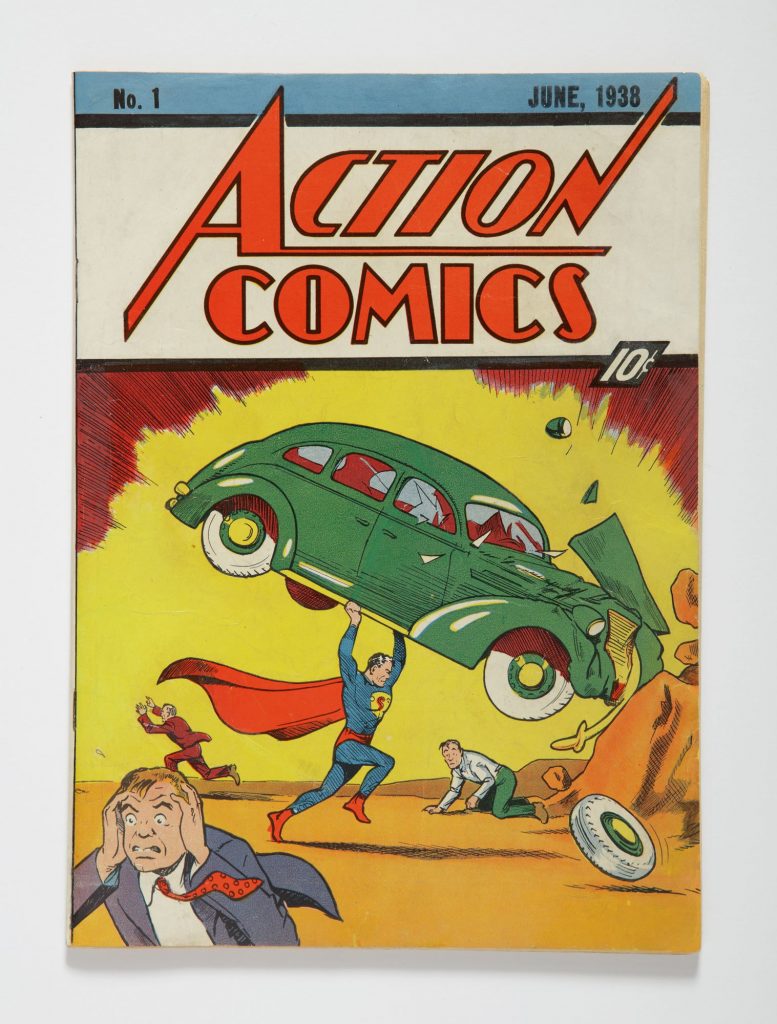
The superhero genre owes much of its popularity to Superman’s initial success. The superhero’s narrative template — the secret identity, the rogues’ gallery of villains, and the use of powers for the greater good — all find their origins in Superman’s stories. The superhero mythos, as we understand it today, is, in many ways, a reflection of the impact Superman had on shaping the genre.
Beyond comics, Superman’s influence permeates pop culture. The character has been adapted into radio shows, animated series, television programs, and blockbuster films. The iconic “S” shield is ubiquitous, adorning clothing, merchandise, and even architecture. Superman’s ethos of truth, justice, and the American way has become a cultural touchstone, referenced and parodied across various mediums.
Superman’s Role in Inspiring Other Superheroes and Characters
Superman’s legacy isn’t just about his own adventures; it’s about the vast array of superheroes that followed in his wake. Many superheroes, both within the DC Universe and beyond, draw inspiration from Superman’s character and values.
- Batman: The contrasting dynamic between Superman and Batman is a cornerstone of superhero storytelling. While Batman represents the human, gritty, and street-level hero, Superman is the embodiment of alien power and idealism. This duality, showcased in their team-ups and conflicts, has become an archetype within the superhero genre.
- Wonder Woman: Like Superman, Wonder Woman is a symbol of truth and justice, embodying the ideals of heroism. Her partnership with Superman often explores the dynamics of power, equality, and the responsibility that comes with extraordinary abilities.
- Spider-Man (Marvel Comics): While Superman is a DC Comics character, his influence extends to Marvel Comics and beyond. Spider-Man’s sense of responsibility and the burden of power echo Superman’s own struggles, illustrating the universal themes that define the superhero genre.
- Homelander (The Boys): In a deconstructed take on superhero tropes, Homelander in “The Boys” reflects a twisted version of Superman’s image. This subversion highlights the impact of Superman’s archetype on how we perceive superheroes and the consequences of absolute power.
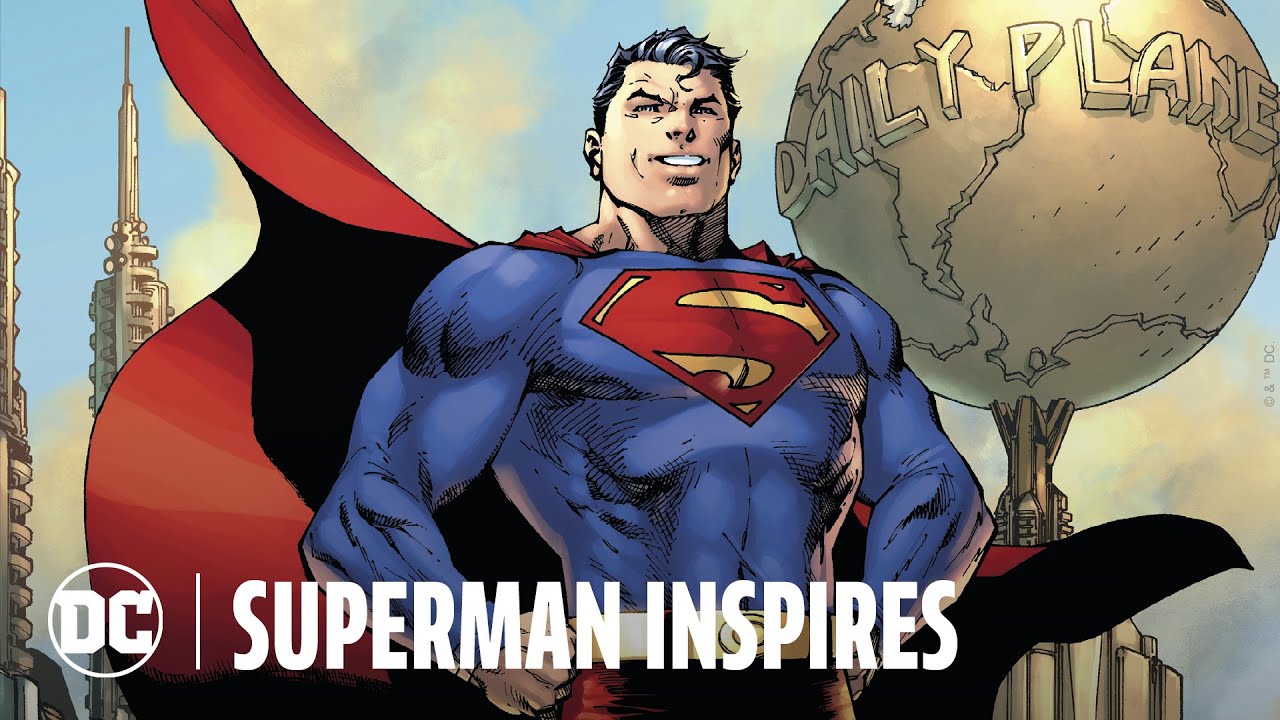
Superman’s legacy is not confined to the pages of comic books but extends to the very fabric of superhero storytelling. The archetype of the virtuous, powerful hero striving for a better world continues to inspire characters and narratives across diverse media.
Superman’s legacy is marked by the indelible impact he has had on culture, the superhero genre, and the characters that followed in his wake. Beyond the red cape and iconic “S” shield, Superman stands as a testament to the enduring power of storytelling to shape values, inspire heroism, and create symbols that resonate across generations.
